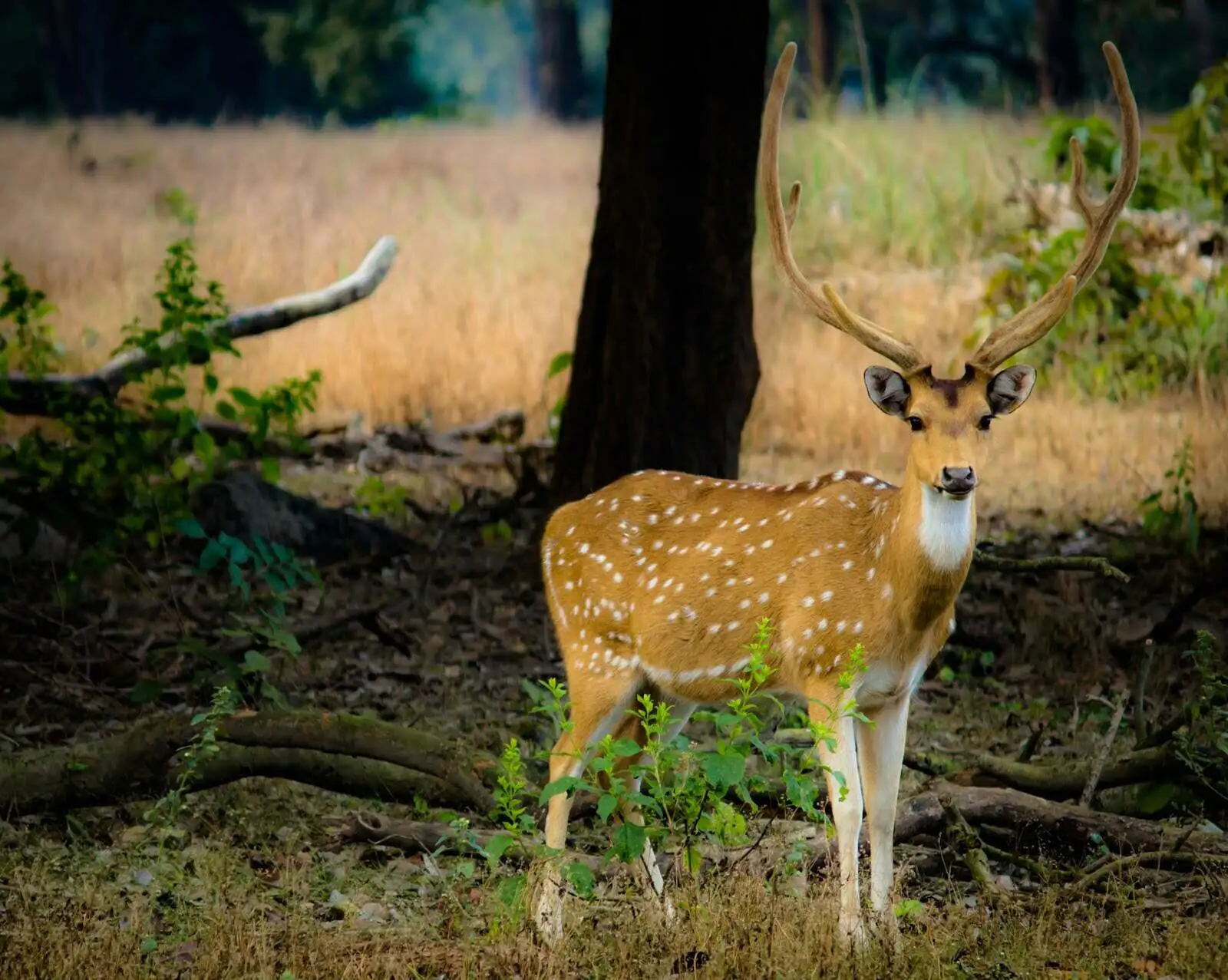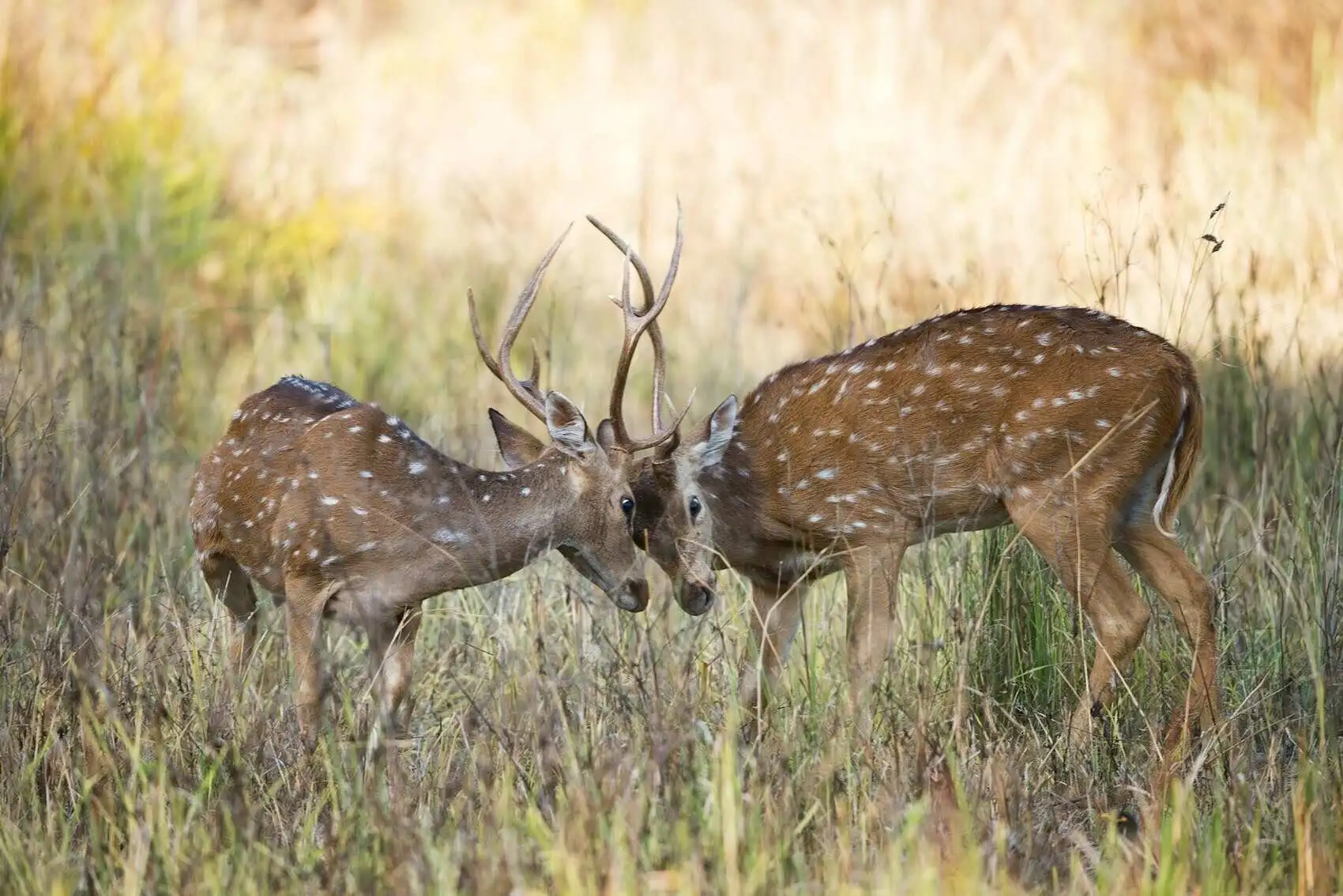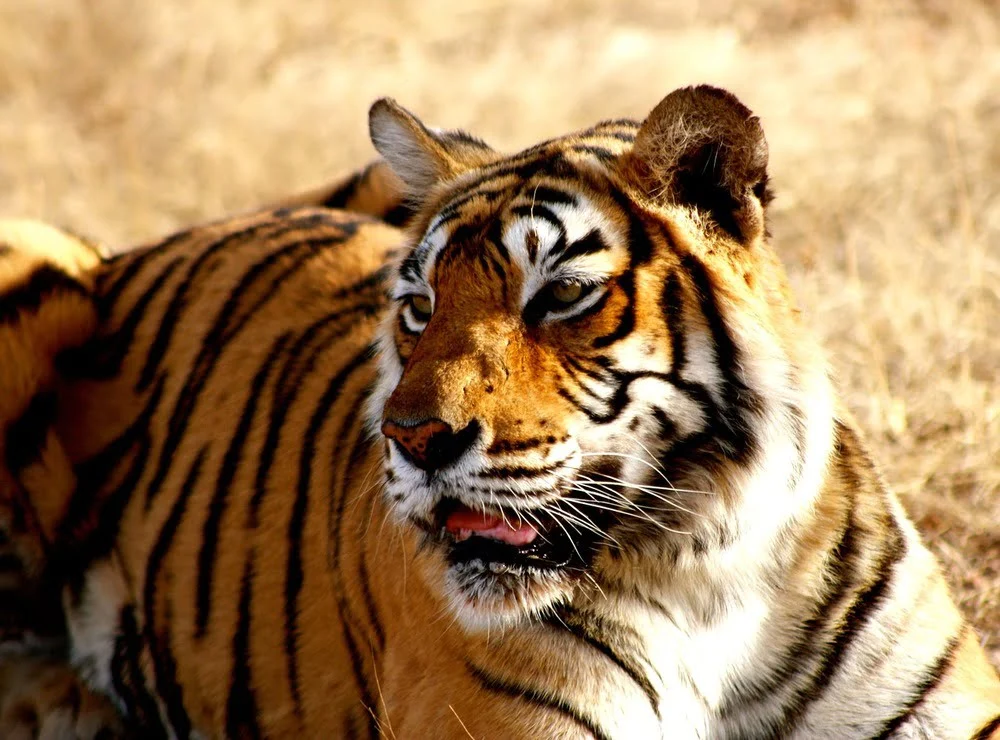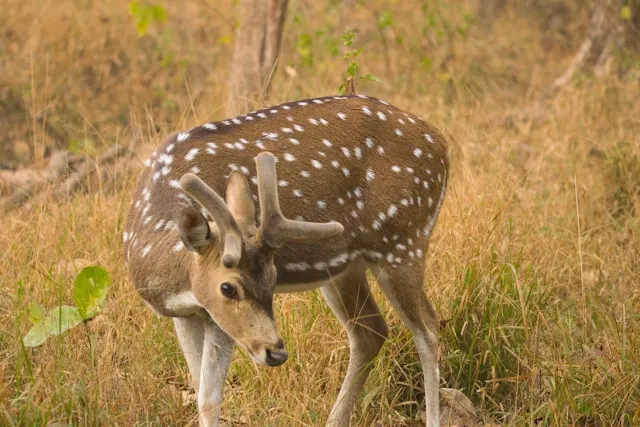Flora in Bandhavgarh
Bandhavgarh National Park is home to a diverse range of flora, with over 800 plant species recorded within its boundaries. The vegetation in the park varies from moist deciduous forests to tropical dry deciduous forests, and the dominant tree species found in the park are sal, bamboo, and saja.
Dominant Tree Species
The forests of Bandhavgarh are mainly covered with Sal (Shorea robusta), which forms the backbone of the park’s vegetation. These tall trees create a dense canopy that keeps the forest cool and provides shelter for many animals and birds.
- Sal Forests: Dense and evergreen, forming the dominant vegetation of Bandhavgarh.
- Saja and Dhaora: Common hardwood trees found in mixed forests, used by many species for food and nesting.
- Tendu:Known for its leaves, which locals use to make traditional beedi.
- Bamboo:Grows in clumps, providing perfect hiding spots for tigers and other wildlife.
One of the most striking trees here is the Kullu Tree, also called the Ghost Tree. Its smooth, pale bark changes color through the seasons, giving it an almost glowing appearance under moonlight-something that always catches the eye of naturalists and photographers.
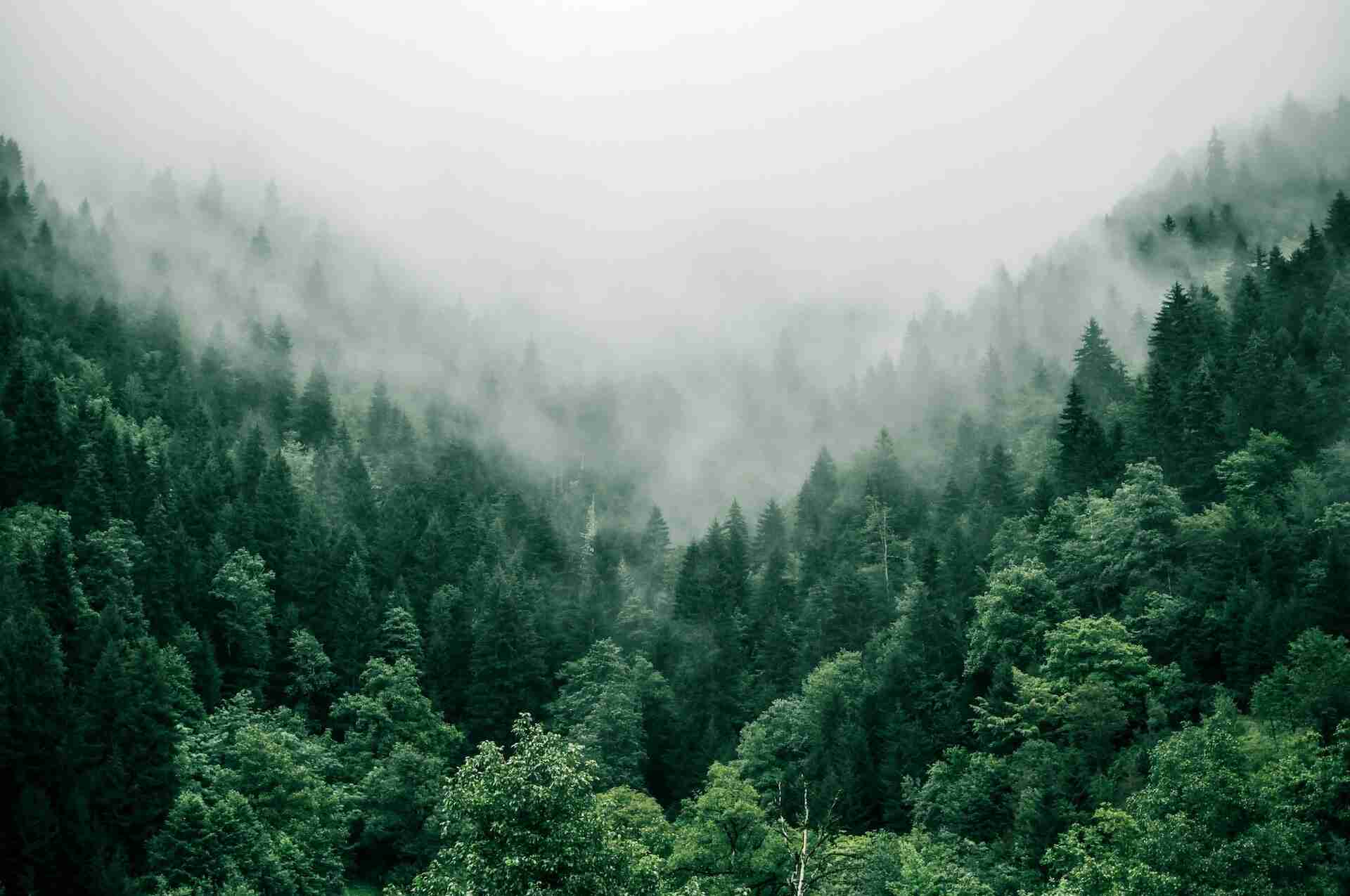
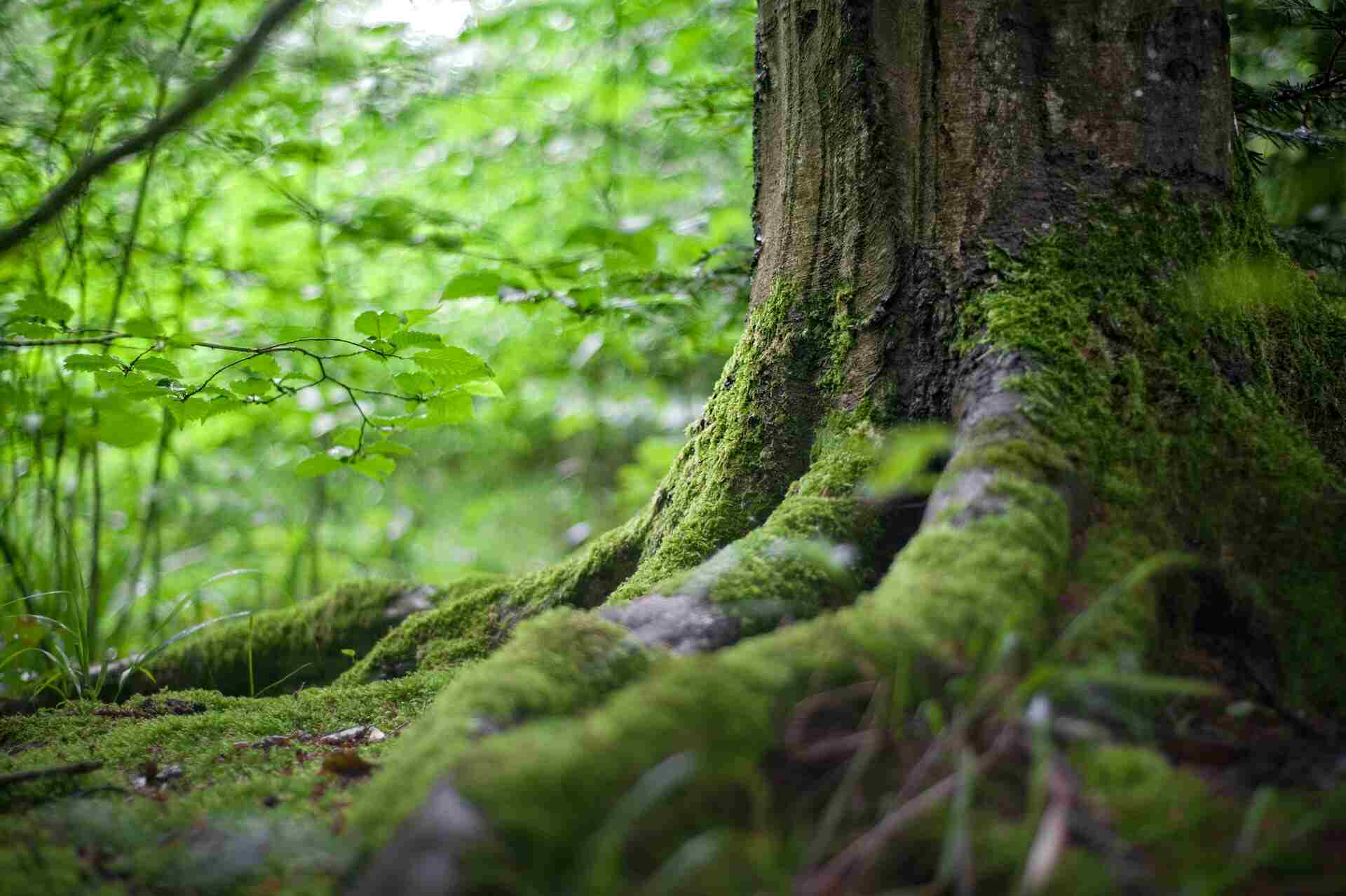
Grassy Meadows and Open Patches
Bandhavgarh is well known for its wide grasslands and open clearings that break the dense Sal forest. These meadows, locally called maidans, are crucial feeding areas for herbivores such as chital, sambar, nilgai, and gaur. The open spaces also make wildlife sightings more frequent, especially around Rajbehra, Chakradhara, and Magdhi meadows, where tigers are often seen resting or hunting.
Medicinal and Lesser-Known Plants
Bandhavgarh’s forests also host many medicinal and native plant species that local communities have used for years. Common plants include Amla (Indian Gooseberry), Harra (Terminalia chebula), and Baheda (Terminalia bellirica) together known as Triphala in traditional medicine. You can also spot Kadam, Bel, and Arjun trees across the park.
Major Flora of Bandhavgarh – Common and Botanical Names
| Common Name(s) | Scientific Name |
|---|---|
| Sal | Shorea robusta |
| Bamboo | Bambusa arundinacea |
| Saja | Terminalia tomentosa |
| AMahua | Madhuca longifolia |
| Dhobin | Anogeissus latifolia |
| Arjun | Terminalia arjuna |
| Jamun | Syzygium cumini |
| Mango | Mangifera indica |
| Tendu | Diospyros melanoxylon |
| Palash | Butea monosperma |
| Bel | Aegle marmelos |
| Ber | Ziziphus mauritiana |
| Kadam | Mitragyna parviflora |
| Salai | Boswellia serrata |

